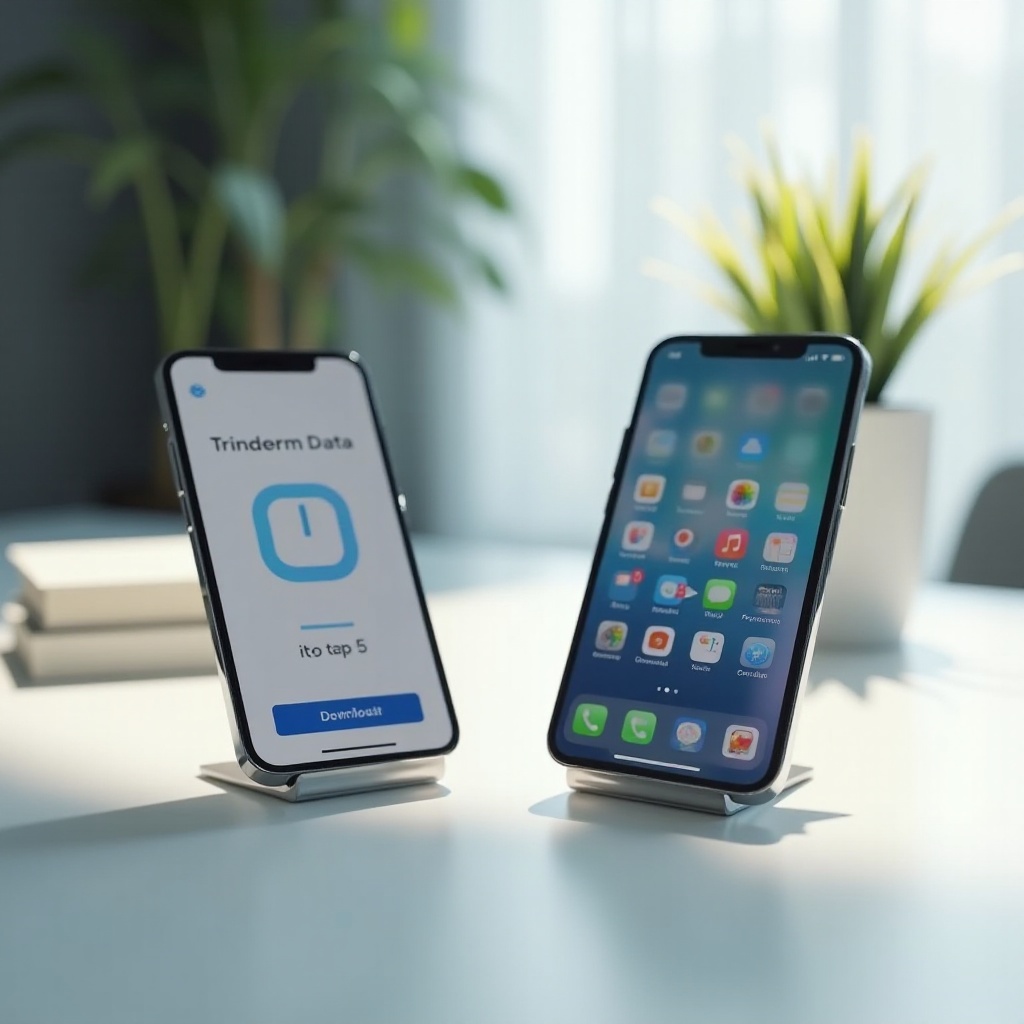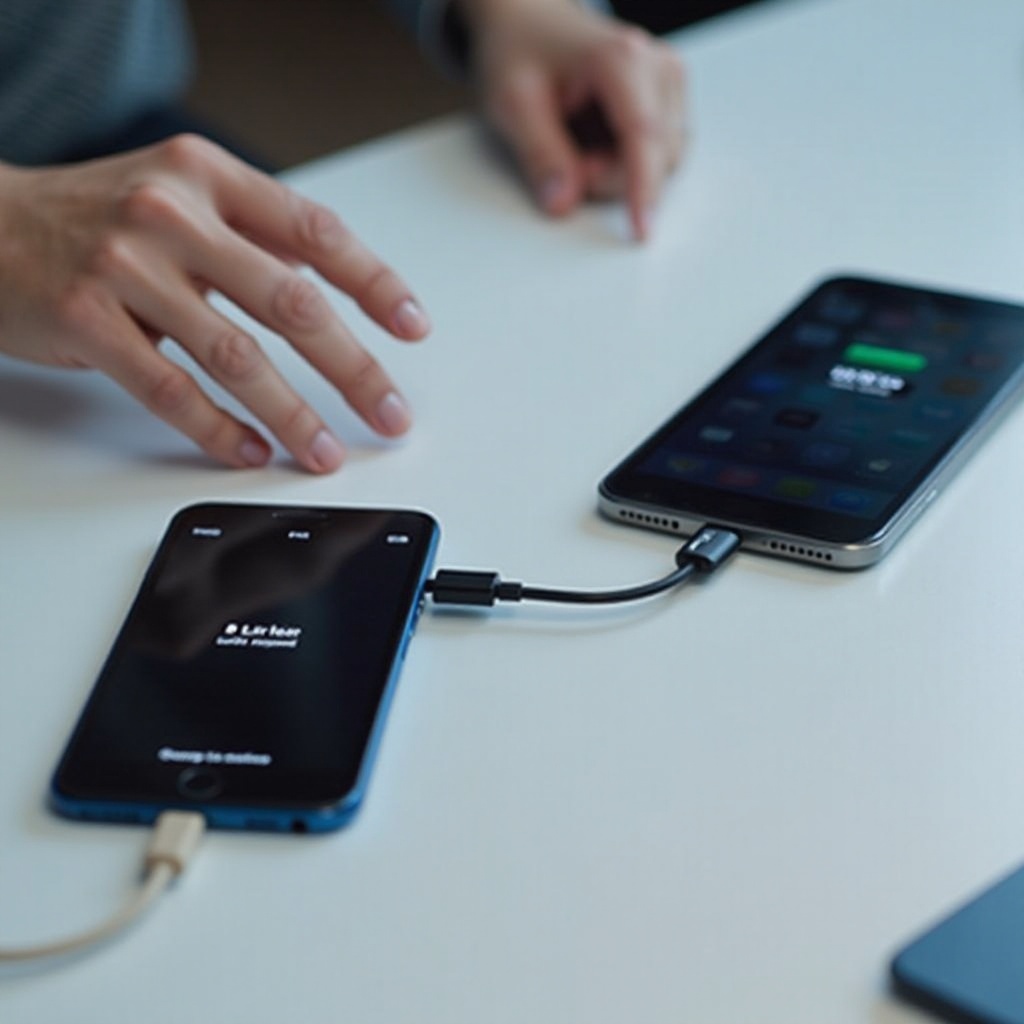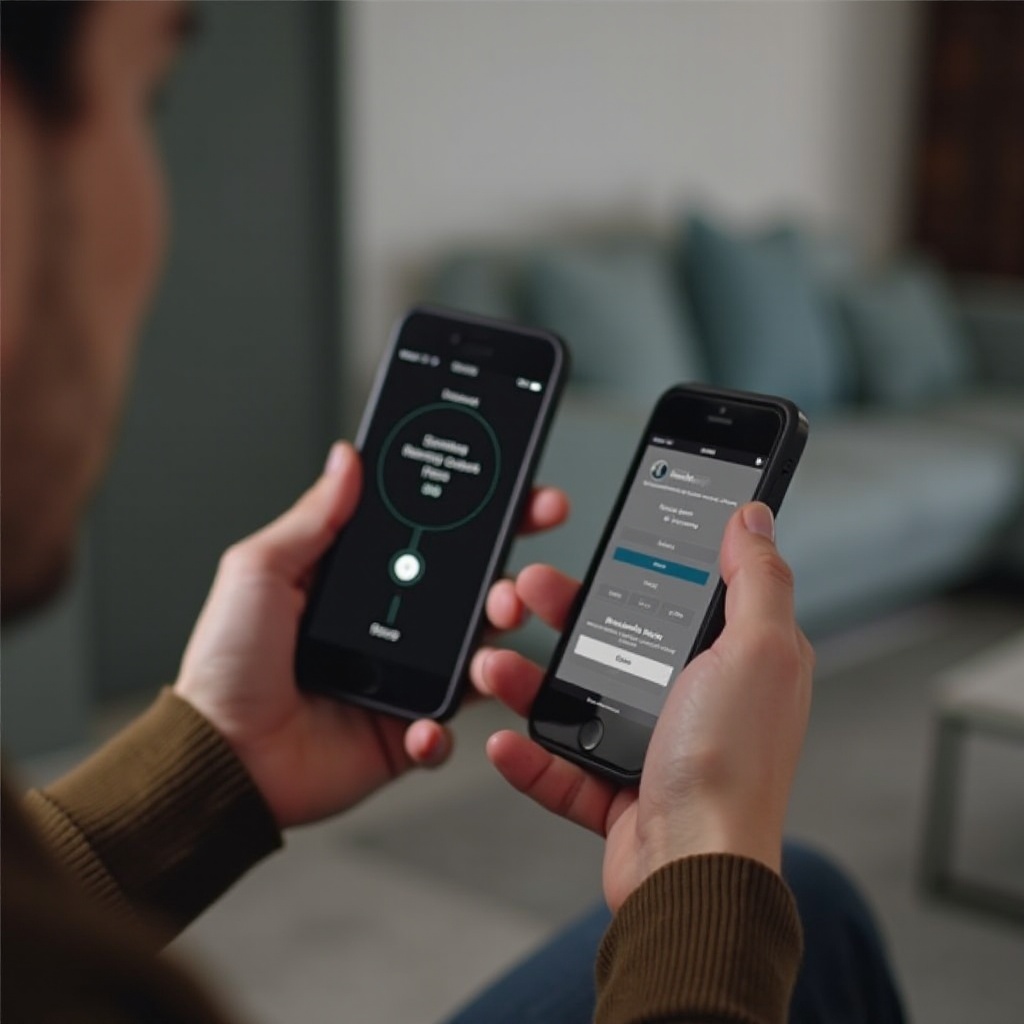
Introduction
Switching data from one phone to another can be a daunting task, but it doesn’t have to be. Whether you’re upgrading to a new device or switching between iOS and Android, there are multiple ways to transfer your essential data seamlessly. This guide will walk you through various methods, provide step-by-step instructions, and help troubleshoot any issues you might encounter.

Why You Should Back Up Your Data
Before diving into how to switch data from phone to phone, it’s crucial to understand the importance of backing up your data. A backup ensures that you do not lose any valuable information during the transfer process. Contacts, photos, apps, and other personal data hold significant value in our daily lives.
Backing up your data serves multiple purposes:
1. Prevent Data Loss: Unforeseen incidents like hardware failure or software corruption can lead to data loss. A backup can save you from losing essential data.
2. Peace of Mind: Knowing that your data is safe and retrievable at any time provides peace of mind, especially when you venture into the realm of switching phones.
3. Swift Recovery: In case something goes wrong during the transfer process, a backup allows for quick recovery without the need to start from scratch.
Methods to Transfer Your Data
There are several methods available to assist you in switching data from phone to phone. Below are some effective techniques:
Using Built-in Phone Features
Both iOS and Android have built-in features designed to facilitate seamless data transfers.
For iOS (iPhone):
Apple provides an iCloud feature that allows for easy transfer. Simply back up your data on iCloud, and when setting up a new device, choose the option to restore from your iCloud backup. Alternatively, you can use the ‘Quick Start’ feature that transfers data wirelessly from an old iPhone to a new one during setup.
For Android:
Android devices boast the ‘Google Drive Backup’ feature. You can back up your data to Google Drive and restore it to your new device. Many manufacturers also have their own tools. For example, Samsung’s Smart Switch app helps to transfer data between Samsung devices effortlessly.
Utilizing Third-Party Applications
Several third-party applications can help switch data from phone to phone. These apps are often intuitive and provide more flexibility:
1. AT&T Mobile Transfer: Ideal for AT&T users, this app transfers data between devices over Wi-Fi.
2. SHAREit: Available for both iOS and Android, SHAREit allows for fast transfer of files using a local Wi-Fi network.
3. Xender: Similar to SHAREit, Xender uses Wi-Fi to transfer files and supports cross-platform sharing between iOS and Android.
Manual Transfer via Computer
The manual method involves using a computer to transfer data. This is slightly more involved but works well when other methods fail.
Steps:
- Connect your old phone to the computer using a USB cable.
- Transfer essential data to the computer (usually to a dedicated folder).
- Disconnect the old phone and connect the new phone.
- Copy the data from the computer to the new phone.
This method gives you a high degree of control over the files being transferred.
Step-by-Step Transfer Guides
Having discussed the methods, let’s move on to the actual transfer process:
iPhone to iPhone Transfer
- Using iCloud:
- Go to
Settings > [Your Name] > iCloud > iCloud Backup. - Tap
Back Up Now. - Turn on your new iPhone and follow the setup steps.
-
When prompted, choose
Restore from iCloud Backup. -
Using Quick Start:
- Place both iPhones next to each other.
- Follow on-screen instructions to pair the devices and transfer data wirelessly.
Android to Android Transfer
- Using Google Drive Backup:
- On your old Android, go to
Settings > System > Backup. - Ensure
Back up to Google Driveis enabled and tapBack up now. -
Turn on your new Android device and during setup, select
Restore from Google backup. -
Using Device-Specific Tools:
- Example: For Samsung, install
Smart Switchon both devices, selectSend dataon the old device, andReceive dataon the new device, and follow the prompts.
iPhone to Android or Android to iPhone Transfer
Using Third-Party Apps:
- Download a cross-platform app like SHAREit or Xender on both devices.
- Open the app on both phones and follow on-screen instructions to establish a direct Wi-Fi connection.
- Select the files to transfer and start the process.

Troubleshooting Common Issues
Even with the best precautions, issues can arise. Here are common problems and solutions:
1. Interrupted Transfers:
– Ensure both devices are fully charged.
– Keep the phones close together to maintain a strong connection.
2. Data not Transferring:
– Check for sufficient storage space on the new device.
– Restart both devices to refresh connections.
3. Incompatibility Issues:
– Ensure both devices are up-to-date with the latest software updates.
– Use a reputable third-party app designed for cross-platform transfers.

Conclusion
Switching data from one phone to another doesn’t have to be a daunting task. With the right methods and tools, you can ensure a smooth transition and safeguard your valuable data. Whether you use built-in features, third-party apps, or a manual method, following these steps will make the process straightforward and efficient.
Frequently Asked Questions
Can I transfer data from an old OS version to a new one?
Yes, data can be transferred regardless of the OS version, although it’s generally easier and more efficient to upgrade both devices to the latest OS version before starting the transfer.
What should I do if my data transfer is interrupted?
Restart both devices, ensure they’re charged, and try the transfer again. It’s often helpful to restart the process to resolve intermittent connectivity issues.
Are third-party data transfer apps safe to use?
Most reputable apps are safe, but always use apps with high reviews and download them from official app stores to minimize security risks.
